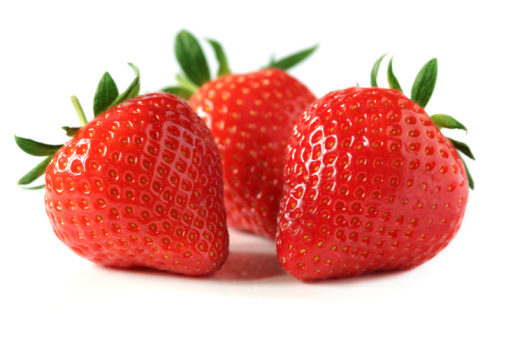Watsonville, CA—A recent study published in PLoS One shows that organic strawberries have more antioxidants and vitamin C than their non-organic counterparts.
The findings are based on a comparison of neighboring organic and non-organic farms in Watsonville, CA, where 40% of the state’s strawberry crop is produced. The study team included ecologists, food chemists, soil scientists and other experts, who compiled a variety of data for comparing the two types of farms. Researchers evaluated the strawberries in multiple ways, including soil quality, sensory testing and nutritional value.
The results indicate that non-organic farms utilizing soil fumigant methyl bromide in conjunction with synthetically manufactured nitrogen produce a nutrient-diluted, albeit larger, strawberry. “The higher levels of nitrogen pushed the plants to grow faster and the berries to get bigger, but it also diluted the nutrients and the flavors. The fact that the organic system produced berries about 15% smaller is, for those who want nutritious and tasty berries, an advantage,” says Charles Benbrook, Ph.D., a chief scientist at The Organic Center.
Critics of the study claim that just because organic strawberries contain more antioxidants and vitamin C does not necessarily make the organic berries more nutritious. In fact, the research results indicate that the organic strawberries have less potassium and phosphorous than the non-organic berries. However, Benbrook explains that “the team has actually re-analyzed one table…the end result is that the differences reported for phosphorous and potassium are no longer statistically significant.” Benbrook also emphasizes the fact that strawberries, organic or otherwise, are not a great source of either phosphorous or potassium. He brings into focus that a serving of eight medium strawberries provides 160% of daily vitamin C requirement as well as almost double the daily requirement of antioxidants. This re-analysis indicates that the study accurately proves organic farming practices to result in a significantly more nutrient-rich strawberry.
Published in WholeFoods Magazine, November 2010 (published ahead of print on September 24, 2010)










